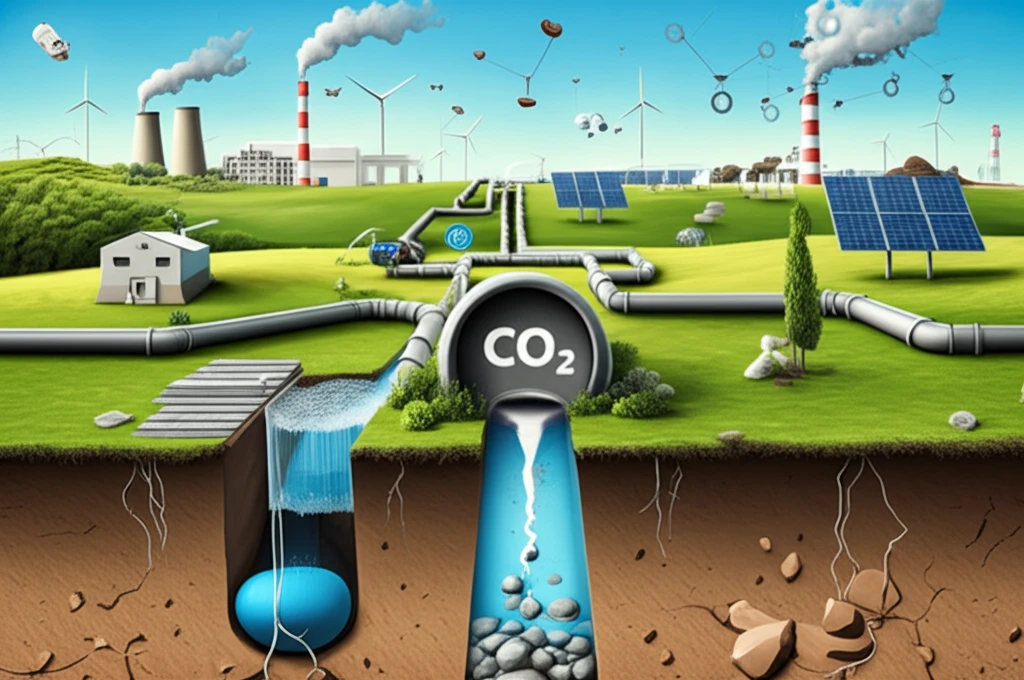
Unlocking Flexible Carbon Capture: A Guide to Building Resilient CCS Networks
"Explore the innovative strategies for developing Carbon Capture and Storage (CCS) networks that can adapt to fluctuating carbon sources and storage demands, ensuring a sustainable future."
In an era defined by urgent calls for climate action, Carbon Capture and Storage (CCS) technology emerges as a critical tool in mitigating greenhouse gas emissions. CCS involves capturing carbon dioxide (CO2) from industrial sources, transporting it, and storing it safely underground, preventing its release into the atmosphere. However, the effectiveness of CCS hinges on the ability of these systems to adapt to changing conditions.
Traditional CCS systems often assume a steady flow of CO2 from large, consistent sources like power plants. But the reality of modern energy systems is far more dynamic. The rise of renewable energy sources, fluctuations in industrial activity, and evolving energy markets all contribute to variability in CO2 emissions. To remain viable, CCS networks must be flexible, capable of handling these fluctuations efficiently and reliably.
This article explores the key considerations in developing flexible CCS networks, drawing on insights from the FleCCSnet project. We'll delve into the factors that enable CCS systems to adapt to variable CO2 sources and storage constraints, ensuring their long-term sustainability and effectiveness in reducing carbon emissions. By understanding these principles, stakeholders can design and implement CCS networks that are not only technologically sound but also economically and environmentally resilient.
What Makes a CCS Network Flexible? Adapting to Variability

Flexibility in a CCS network refers to its ability to maintain efficient and reliable operation despite fluctuations in CO2 supply and demand. This adaptability is crucial for several reasons:
- Accommodating Diverse CO2 Sources: Modern CCS networks need to handle various CO2 sources, from power plants to industrial facilities, each with unique emission profiles. Flexibility ensures seamless integration of these diverse sources.
- Optimizing Storage Capacity: CCS networks must efficiently manage CO2 storage, adapting to geological constraints and injection rates. Flexible systems can optimize storage capacity, ensuring long-term viability.
- Enhancing Economic Viability: Flexibility enhances the economic viability of CCS by allowing networks to operate efficiently under various market conditions. This adaptability is crucial for attracting investment and ensuring the long-term success of CCS projects.
Building a Sustainable Future with Flexible CCS
Flexible CCS networks are essential for a sustainable future, offering a pathway to significantly reduce carbon emissions while adapting to the evolving energy landscape. By embracing innovative design principles and considering the factors discussed in this article, stakeholders can build CCS systems that are not only technologically advanced but also economically and environmentally resilient. As we move towards a cleaner, more sustainable future, flexible CCS networks will play a pivotal role in mitigating climate change and ensuring a healthier planet for generations to come.
